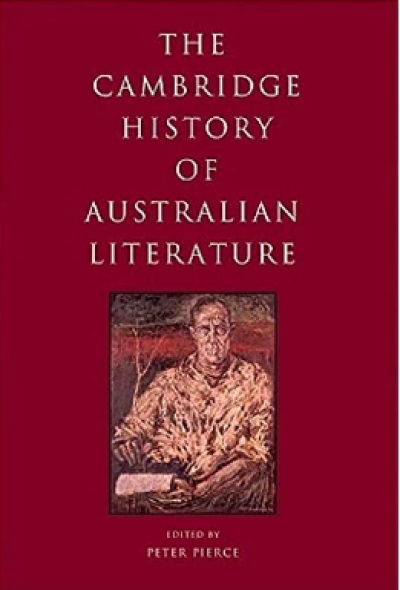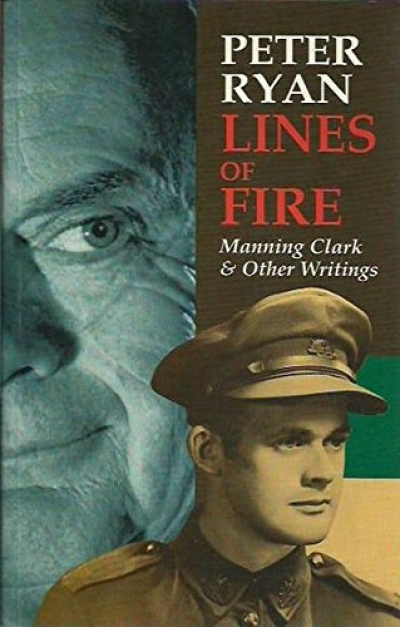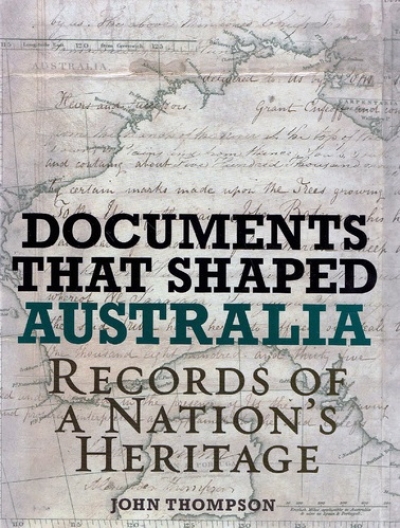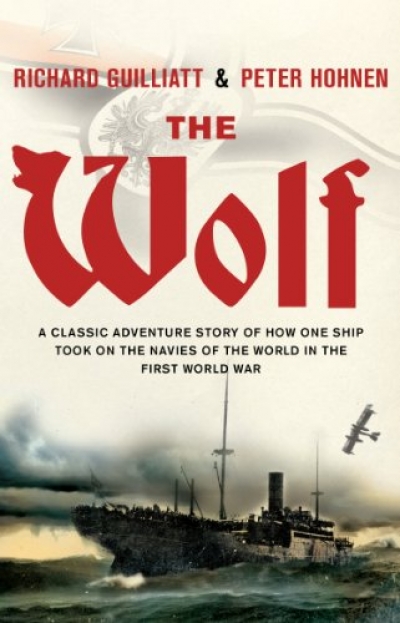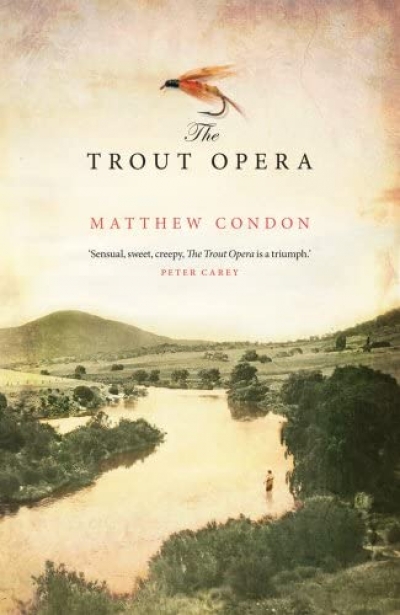Peter Pierce
The Cambridge History of Australian Literature edited by Peter Pierce
by Gregory Kratzmann •
Lines of Fire: Manning Clark and Other Writings by Peter Ryan
by Peter Pierce •
P.O.W.: Australian Prisoners of War in Hitler’s Reich by Peter Monteath
by Peter Pierce •
Documents that Shaped Australia: Records of a nation’s heritage by John Thompson
by Peter Pierce •
The Wolf: The most audacious warship of World War One and its 15-Month campaign of terror against Australia and the world by Richard Guilliatt and Peter Hohnen
by Peter Pierce •
A Companion to Australian Literature Since 1900 edited by Nicholas Birns and Rebecca McNeer
by Peter Pierce •
A Companion to Australian Literature Since 1900 edited by Nicholas Birns and Rebecca McNeer
by Peter Pierce •

